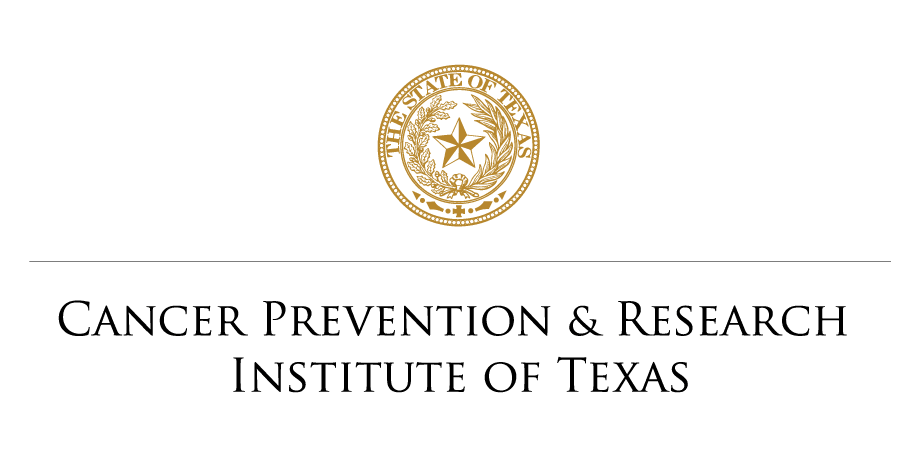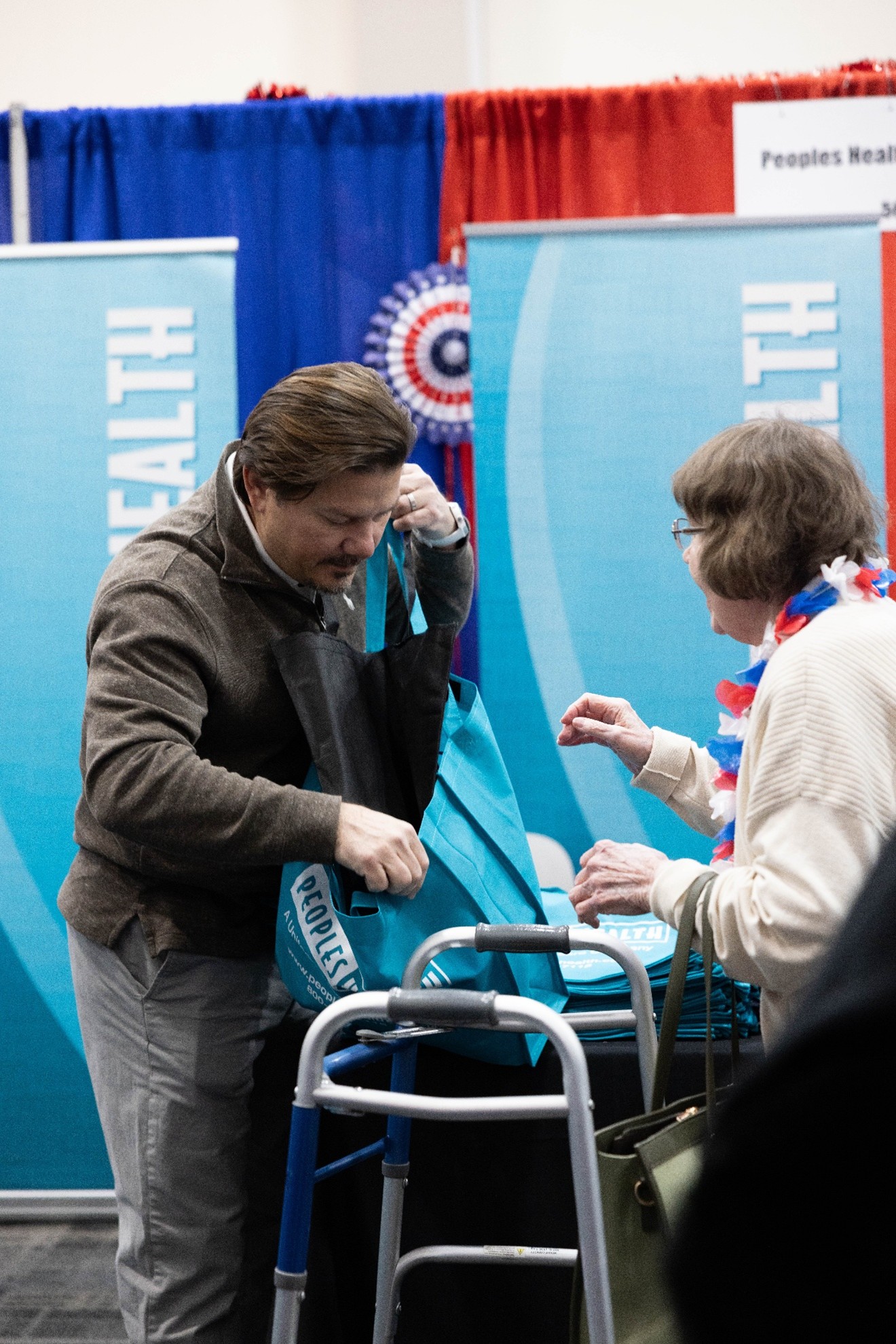Interview with Project 80% – 2025 National Achievement Award Honoree
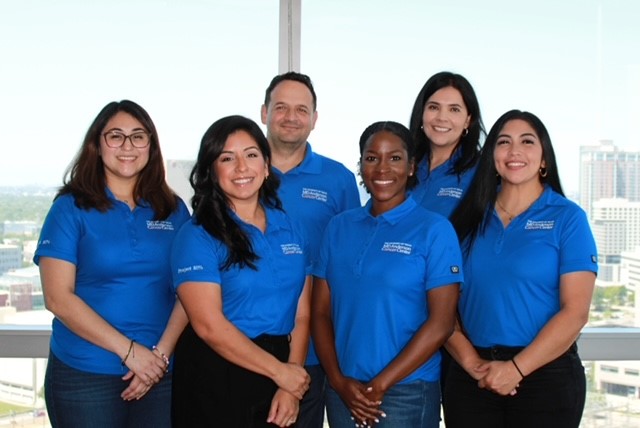
Date: August 5, 2025
As part of a series, the ACS NCCRT is thrilled to highlight our 2025 National Achievement Award Winners with in depth blogs on their work. Below you’ll find the third of five interviews with awardees about what they did to increase colorectal cancer screening (CRC) rates as well as their lessons learned from their efforts.
Quick Stats
Organization: Project 80% at The University of Texas MD Anderson Cancer Center
Interviewees:
- Heather Johnson, MPA, Project 80% Program Director
- Gabriela Velasco, Project 80% Program Manager
The Interview
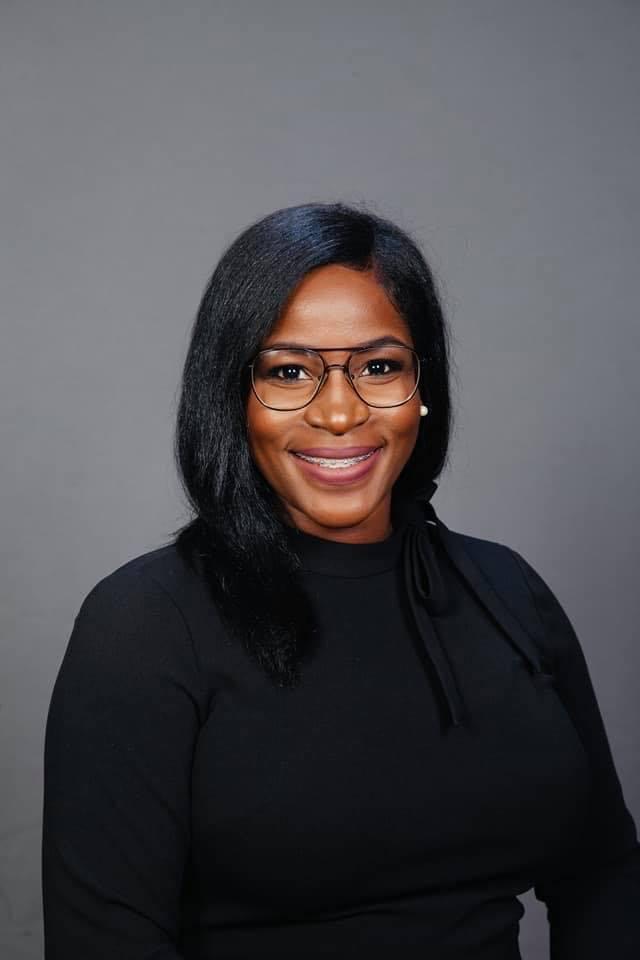
When did Project 80% at The University of Texas MD Anderson Cancer Center form and why does it focus on increasing colorectal cancer (CRC) screening?
MD Anderson’s initial experience in delivering community-based CRC screening began in 2012 through a Cancer Prevention & Research Institute of Texas (CPRIT) grant providing fecal immunochemical tests (FITs) in Harris County led by Dr. David Vining. In 2013, the program expanded to community clinics in Harris County and eight surrounding counties through the Texas 1115 Medicaid Waiver Transformation program funded by the Centers for Medicare and Medicaid Services (CMS) and led by Dr. Lewis Foxhall. Through a CPRIT-funded rural expansion grant in 2015, patients from Federally Qualified Health Centers (FQHCs) and other clinics were offered take-home FITs with follow-up colonoscopies provided to those with abnormal or positive results. A subsequent CPRIT-funded project allowed us to expand coverage into the Southeast, Central, and Rio Grande Valley areas. With the termination of the 1115 Waiver funding in 2021, the nine counties previously funded by CMS were added to the community-based CRC screening program and funded by both CPRIT and MD Anderson in 2022 and 2025 with additional support from philanthropic contributions.
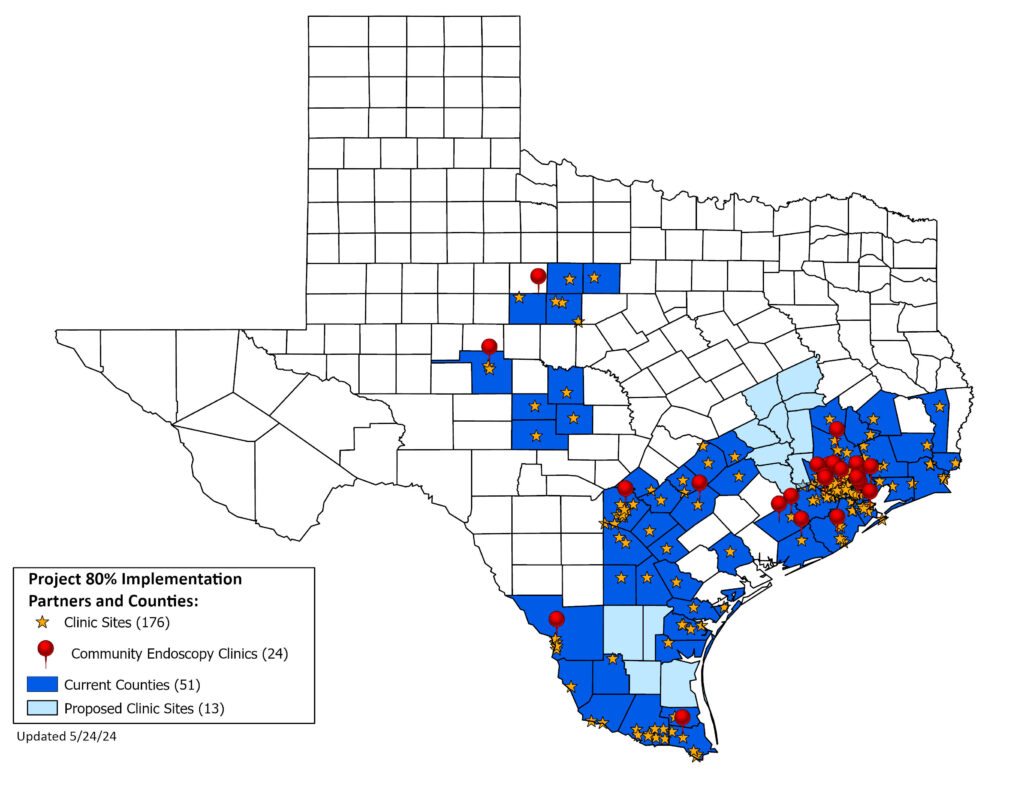
Did Project 80% set a CRC screening goal? If so, what was it and how did you measure it? What was the final outcome?
In 2019, Project 80% set a clear and ambitious goal: to achieve a CRC screening rate of 80% among eligible adults across participating clinics, which aligns with the ACS NCCRT’s 80% in Every Community initiative. Project 80% initially tracked progress through clinic-reported screening data, typically extracted from electronic health records and quality dashboards.
One Houston-area clinic system’s CRC screening rate was just seven percent in 2017, but it has consistently exceeded 80% over the past five years—except in 2022—a remarkable success story. While not all sites have reached the 80% goal, the project has significantly closed screening gaps in underserved areas and laid the foundation for sustained progress, particularly in East Texas and the Rio Grande Valley (RGV). Through our intervention, one RGV clinic system was able to increase its CRC screening rate to 33%, recovering from a precipitous drop to just 13% during the height of the COVID pandemic—a significant achievement. While Project 80%’s ultimate goal is to reach 80% in every community, we also want to ensure no community is left behind in the effort to prevent and detect CRC early.
From 2014 to 2024, Project 80% has screened 135,020 uninsured and underinsured Texans for CRC, with resulted FITs increasing from 1,656 in 2014 to 20,552 in 2024. The overall positive or abnormal FIT rate was 6.6% and 68.8% of those referred to colonoscopy completed it. Over the same period, Project 80% provided 7,945 colonoscopies, 2,923 polypectomies navigated 163 patients diagnosed with CRC to treatment resources.
What partners are involved in Project 80% programmatic work? And how is the work coordinated?
Our program is a collaboration in which MD Anderson Cancer Center partners with clinical champions, academic health centers and other interested stakeholders. The program employs a team of Community Health Workers (CHWs), each assigned to a designated region based on clinic location. They are responsible for managing incoming referrals from their respective regions and work closely with clinic champions to provide staff training, program support, and patient navigation services to maximize screening rates across all sites. Project 80% CHWs and program leadership work closely with clinical partners to implement systems changes and programs that most effectively meet the needs of their patient populations. The clinical services and funding MD Anderson provides becomes an integral part of our partner FQHCs’ healthcare offerings in their communities.
What interventions or activities did Project 80% use to increase CRC screening rates?
Project 80% has implemented multiple evidence-based interventions (EBIs) to increase CRC screening rates tailored to individual clinics or clinic systems with the guidance and support of MD Anderson clinicians, clinic leadership and staff and as well as clinical champions. These interventions include, but are not limited to:
- Patient and provider reminders
- Provider assessment and feedback
- Reduction of out-of-pocket costs
- Use of small media
- Patient education
Project 80% provides annual FITs to eligible clinic patients or direct referrals to colonoscopy for those at increased risk at no cost for clinical services. Clinic patients with positive or abnormal FITs are referred for a free colonoscopy (including surveillance colonoscopy) and polypectomy if needed. CHWs and other Project 80% staff provide follow-up that includes navigation services for partnered clinic patients with referrals to endoscopy procedures and navigation to cancer treatment. The program also engages patients through outreach events during National CRC Awareness Month each March and motivates clinics with performance goals. Our most recent program innovations include a lead-time messaging campaign, SMS text-based CRC screening messaging to eligible patients and a pilot program to provide patients with real-time tracking of their mailed FITs.
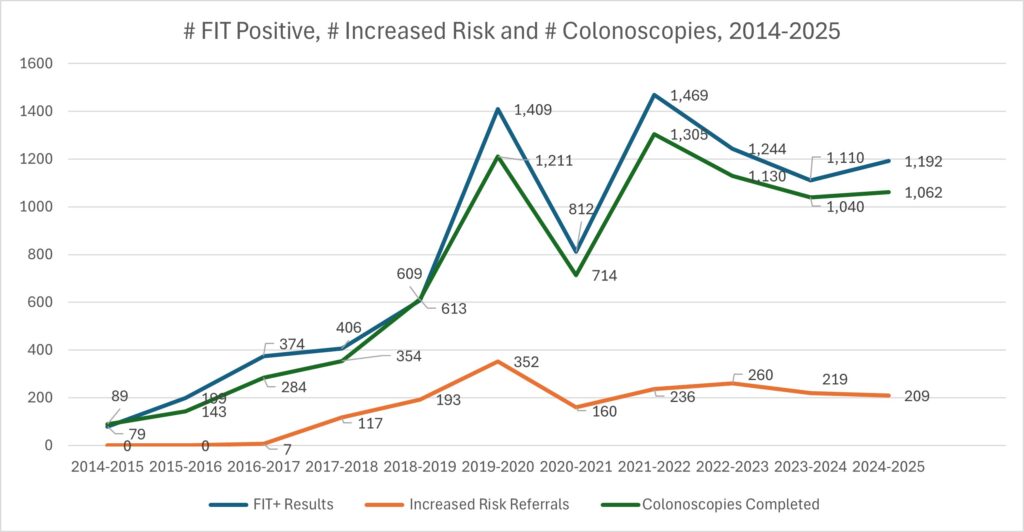
What does Project 80% consider its greatest success while working to increase CRC screening rates?
One of Project 80%’s greatest successes has been our expansion into Central, East, West Texas and Rio Grande Valley—regions that face disparities in CRC screening rates. By partnering with local healthcare systems, community organizations, and FQHCs, we’ve been able to implement evidence-based screening interventions in high-need underserved areas.
Through partnerships with 176 community clinics across more than 60 Texas counties, our program has seen a measurable increase in screening uptake. This expansion, alongside our bilingual, regional CHWs brought culturally tailored outreach, patient navigation, and FIT kit distribution to thousands of individuals who might not have otherwise been screened. This expansion not only significantly increased awareness and access to screening, but demonstrated the power of regional collaboration in moving us closer to our 80% screening goal.
What was Project 80%’s biggest lesson learned while working to increase CRC screening rates?
One key lesson we’ve learned while working to increase CRC screening rates is the importance of maintaining a flexible and adaptable approach with our community clinic partners. We quickly realized that a one-size-fits-all model doesn’t work—each clinic system (and sometimes each individual clinic within a system) operates within unique constraints and serves diverse patient populations. Our success has come from listening closely, identifying gaps in resources or workflows and customizing our support to meet both patient and partner needs. Whether that meant adjusting patient navigation processes, reworking outreach strategies, or integrating various types of FIT distribution into existing systems, being responsive and collaborative has proven essential to achieving sustainable screening improvements.
What else would you want others to know about how Project 80% increased CRC screening rates?
We want others to know that Project 80% goes beyond setting a screening target. We are working to close real gaps in access, awareness, and follow-through. Through strong partnerships with our clinics, especially in our most underserved regions like the Rio Grande Valley, we’ve helped implement practical, evidence-based solutions tailored to local needs. Whether it’s optimizing distribution of FIT kits, training clinic staff, streamlining workflows, or launching community outreach, we’ve shown that sustainable gains in CRC screening come from meeting patients and providers where they are. At its core, Project 80% is about equity and ensuring that every community has the tools and support needed to prevent CRC through timely screening and follow-up. Moving forward, it is vital to continue raising awareness of CRC, providing education, breaking down barriers, and adopting new evidence-based approaches. It is through ongoing commitment and strong collaborations that we will reach more patients and create lasting change to reduce morbidity and mortality from CRC.
The ACS NCCRT would like to thank the Project 80% team for their time to complete this interview. Their work to increase CRC screening rates earned them Honoree status for the 2025 ACS NCCRT National Achievement Awards. Learn more about Project 80% at the University of Texas MD Anderson Cancer Center by visiting their website.
